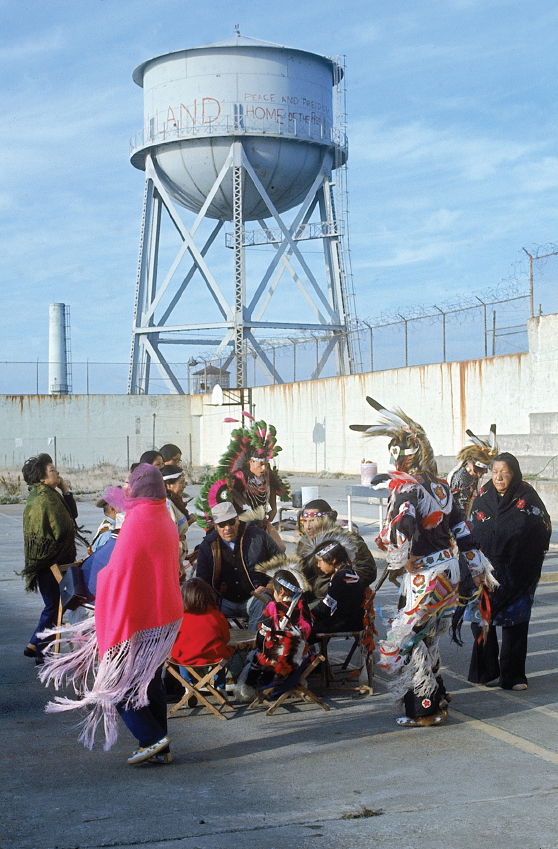What other rights movements emerged in the 1960s?
Printed Page 851

Figure false: Native Americans Occupy Alcatraz Island
Figure false: Beginning in November 1969, some one hundred Native Americans occupied Alcatraz Island in San Francisco Bay. Calling themselves “Indians of All Tribes” to reflect their diversity, they demanded the deed to the island and the creation of an Indian university, museum, and cultural center. Although failing to achieve their goals, they brought attention to the Native American cause and spurred further activism. Photo by Ralph Crane/Time Life Pictures/Getty Images.
THE CIVIL RIGHTS MOVEMENT’S undeniable moral claims helped make protest more respectable, while its successes encouraged other groups with grievances. Native Americans, Latinos, college students, women, gay men and lesbians, and others drew on the black freedom struggle for inspiration and models of activism. Many of these groups engaged in direct-action protests, expressed their own cultural nationalism, and challenged dominant institutions and values. Their grievances gained attention in the political arena, and they expanded justice and opportunity for many of their constituents.
CHRONOLOGY
1960
- – Students for a Democratic Society (SDS) is established.
1962
- – United Farm Workers (UFW) is founded.
1968
- – American Indian Movement (AIM) is founded.
1969
- – Stonewall riots.
1972
- – “Trail of Broken Treaties” caravan to Washington, D.C.